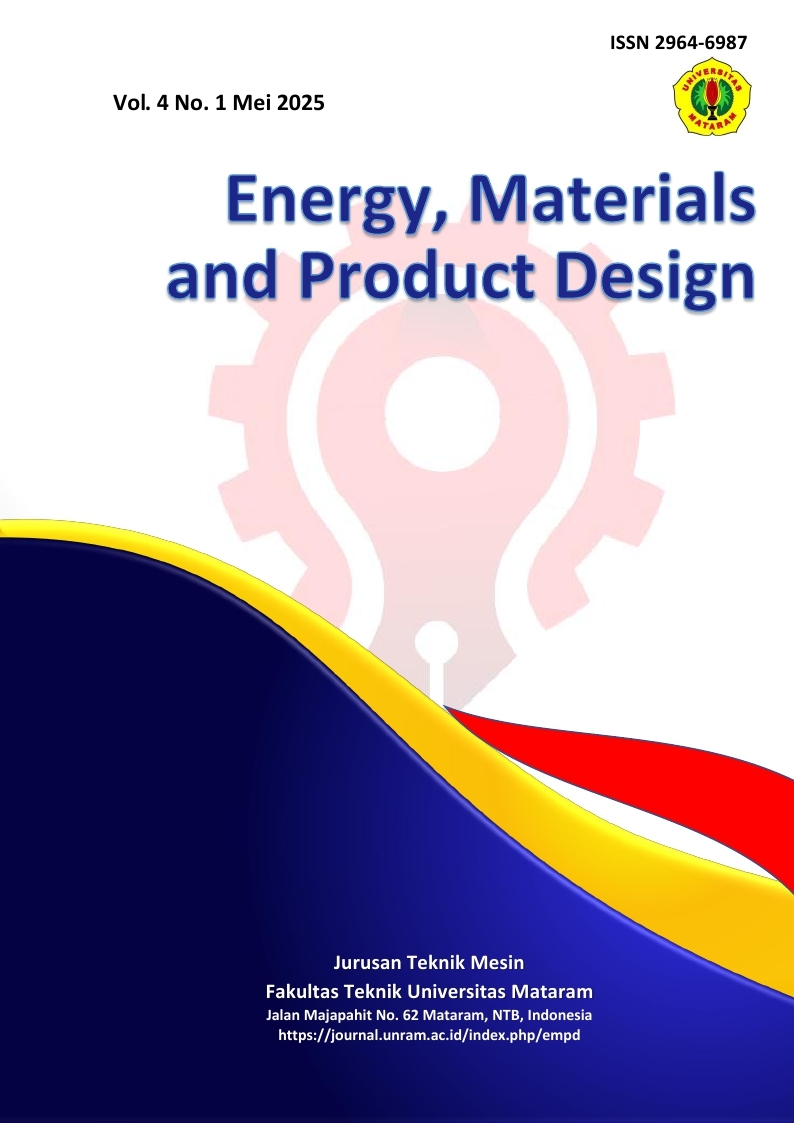ANALISIS POTENSI BIOMASSA SEKAM PADI DI PULAU LOMBOK, INDONESIA SEBAGAI SUMBER ENERGI TERBARUKAN
ANALYSIS OF RICE HUSK BIOMASS POTENTIAL IN LOMBOK ISLAND, INDONESIA AS A RENEWABLE ENERGY SOURCE
DOI:
https://doi.org/10.29303/empd.v4i1.6877Keywords:
Rice husk, Biomass, Renewable energy, Lombok IslandAbstract
The utilization of renewable energy is one of the strategic solutions for overcoming dependence on fossil fuels and supporting sustainable development. This study aims to analyze the potential of rice husk biomass on the island of Lombok as an environmentally friendly renewable energy source. The methods used include collecting secondary data on rice production, estimating rice husk production as agricultural waste, and projecting the potential energy to produce. The analysis was carried out through theoretical calculations of the potential energy of rice husk biomass. It did not include economic aspects, and the collection of raw materials was not considered. The study results show that the island of Lombok has a reasonably enormous potential for rice husk biomass, with an energy value that can be converted into electricity or alternative fuels. In addition, the use of rice husk as biomass can also reduce greenhouse gas emissions and provide a positive economic impact on local communities. However, optimizing this potential requires the support of appropriate technology, infrastructure, and policies. Thus, rice husk on the island of Lombok has the prospect of being one of the promising renewable energy sources within the framework of the national energy transition.
Downloads
Published
Issue
Section
License
Copyright (c) 2025 I Gede Bawa Susana, I Ketut Perdana Putra, I Gusti Agung Ketut Chatur Adhi Wirya Aryadi

This work is licensed under a Creative Commons Attribution-NonCommercial 4.0 International License.











